Birds are often admired for their beauty, grace, and peaceful presence in nature. From colorful parrots to majestic eagles, these winged creatures captivate us with their songs and flight. However, not all birds are as harmless as they seem. Some possess Dangerous Birds physical features like sharp talons, powerful beaks, and aggressive temperaments that can make them a threat to both humans and animals. Whether defending their territory or attacking prey, these Dangerous Birds have the potential to inflict serious harm if provoked.
In this article, we explore the top 10 most dangerous birds in the world, focusing on the unique characteristics that make them so formidable. These birds are not only fascinating but also serve as a reminder that nature, while beautiful, can also be deadly. Understanding these species and respecting their behavior is essential for those who venture into their natural habitats. From the deadly cassowary to the territorial swan, each bird on this list demonstrates that danger can come in even the most unexpected forms.
Top 10 Most Dangerous Birds in the World
1. Cassowary
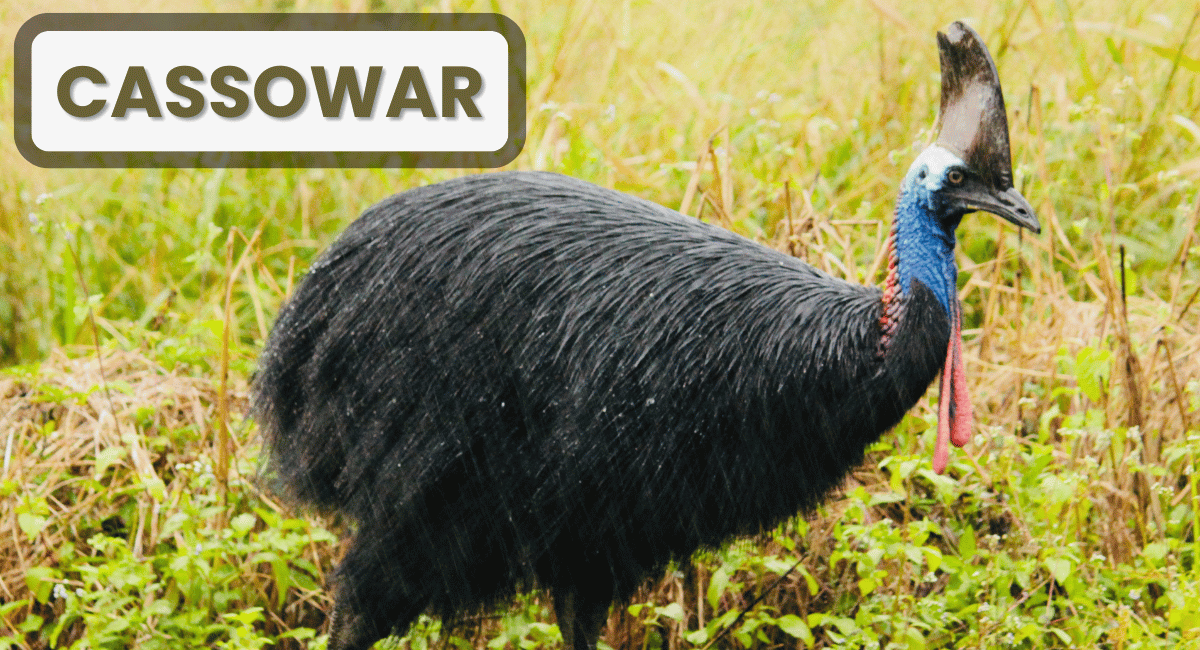
Cassowary widely regarded as the most Dangerous Birds in the world. Standing over 6 feet tall and weighing up to 160 pounds, the cassowary is an imposing figure with its large size and striking blue and black plumage. However, what truly makes this bird dangerous is its aggressive nature and formidable physical features. It has razor-sharp, dagger-like claws on each foot, with the middle claw measuring up to 5 inches long. In defensive situations, the cassowary can use these claws to deliver powerful, swift kicks that can easily cause fatal injuries to humans and other animals. Their powerful legs allow them to leap and strike with incredible force, making them highly effective in combat situations.
Cassowaries are typically shy and elusive in the wild, avoiding human contact. However, when threatened, cornered, or provoked, they can become extremely aggressive. Attacks on humans are rare, but they do occur, often when people venture too close to the bird’s territory or disturb it during feeding or nesting times. Cassowaries are known to charge at intruders, using their sharp claws and powerful legs to defend themselves. While the cassowary is a crucial part of the ecosystem, helping to disperse seeds in rainforests, it is vital to approach these birds with caution and respect their space to avoid any dangerous encounters.
2. Ostrich

The ostrich, native to the savannas and deserts of Africa, is the largest and heaviest Dangerous Birds in the world, standing up to 9 feet tall and weighing around 320 pounds. Despite being flightless, the ostrich is incredibly fast, capable of running at speeds of up to 45 miles per hour, making it the fastest bird on land. While they are generally docile, ostriches can become extremely dangerous when threatened or provoked, particularly during breeding season or when protecting their young. Their long, muscular legs are their primary defense mechanism, and a single powerful kick can cause serious injury or even death to predators, including humans. The ostrich’s sharp claws, especially the large, talon-like claw on each foot, can rip through skin and flesh with ease, making them a formidable opponent.
Though ostrich attacks on humans are relatively rare, they do occur, particularly in captivity or situations where the bird feels cornered. Ostriches are known to become aggressive if they feel their nests or territory are being invaded. When they attack, they strike with their feet, aiming for the chest or abdomen of their target, which can lead to severe injuries. In the wild, they are preyed upon by large carnivores like lions and leopards, but their ability to deliver lethal kicks often helps them escape such threats. As impressive as they are dangerous, ostriches serve as a reminder that even flightless birds can be powerful and potentially deadly animals.
3. Southern Giant Petrel

The Southern Giant Petrel, found in the Southern Ocean and around sub-Antarctic islands, is a large and aggressive seabird known for its formidable scavenging habits. With a wingspan reaching nearly 7 feet, this powerful bird is a dominant force in its habitat. It primarily feeds on carrion, often scavenging the remains of dead seals, penguins, and whales, but it is also known to attack live prey, such as smaller Dangerous Birds and even vulnerable young seals. The Southern Giant Petrel’s strong, hooked beak is its most dangerous weapon, capable of tearing through flesh with ease. This bird can be highly territorial when feeding and will aggressively defend its food source, often chasing away or attacking other birds and animals that approach.
The aggressive nature of the Southern Giant Petrel makes it a potential threat to humans who venture too close, especially in areas where they are nesting or feeding. These Dangerous Birds are known to be fiercely protective of their territory, and they may attack by swooping down on intruders with their sharp beaks. Additionally, when disturbed, they have a defense mechanism where they regurgitate foul-smelling oil from their stomachs, which can deter predators and competitors. While they don’t typically pose a direct danger to humans in the wild, their unpredictable and aggressive behavior, coupled with their size and strength, places them among the more dangerous birds of the ocean.
4. Lammergeier (Bearded Vulture)
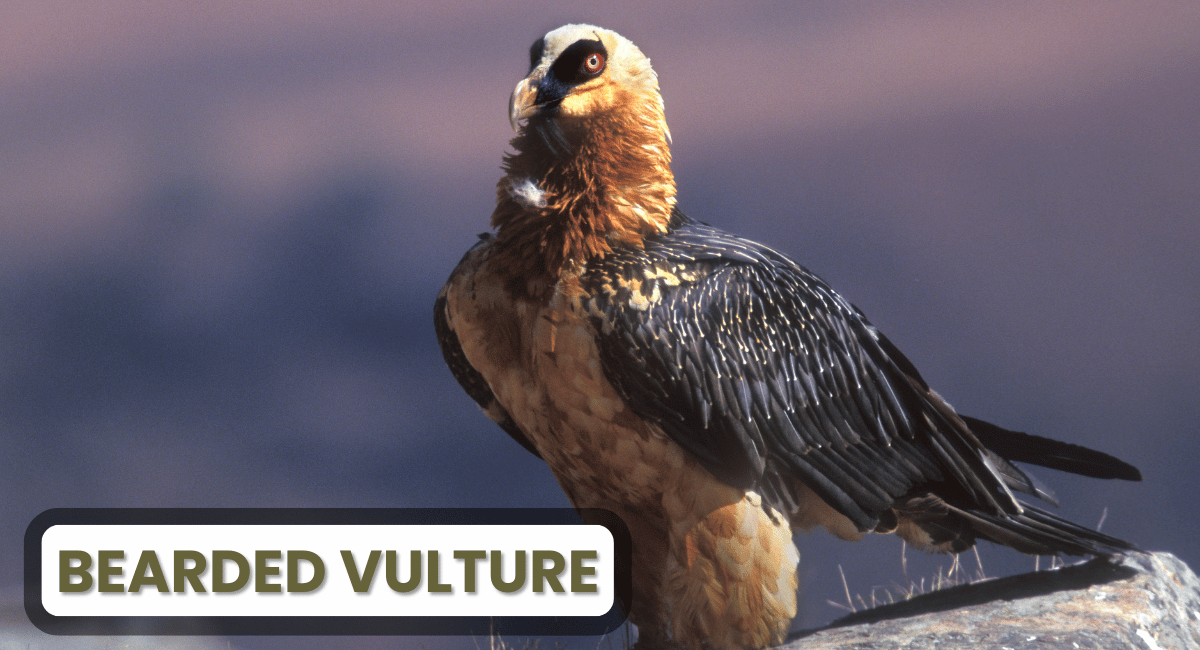
The Lammergeier, also known as the Bearded Vulture, is a unique and striking bird of prey found in mountainous regions across Europe, Africa, and Asia. Known for its distinctive appearance, this vulture has a wingspan of up to 9 feet and a reddish-brown body with black markings around its eyes and beard-like feathers, which give it its “bearded” nickname. Unlike most vultures, the Lammergeier feeds primarily on bones. It has developed a fascinating yet dangerous feeding strategy: it carries large bones high into the sky and drops them onto rocks to shatter them, allowing the Dangerous Birds to eat the bone marrow inside. This bone-dropping behavior, although effective for feeding, could pose risks to anyone or anything that happens to be beneath when these bones are dropped from great heights.
While the Lammergeier is not known for directly attacking humans, its feeding methods and size make it a bird to be cautious around. Its powerful beak is designed to crush bones, and the precision with which it drops bones from the sky shows its incredible intelligence and adaptability. In some cultures, the Lammergeier has been linked to mythological stories of carrying off children or livestock, although there is little evidence to support such claims. Nevertheless, the bird’s bone-cracking behavior could be hazardous to those unaware of its presence. Despite its somewhat fearsome reputation, the Lammergeier plays a crucial ecological role by cleaning up carcasses and maintaining the health of its ecosystem.
5. Harpy Eagle
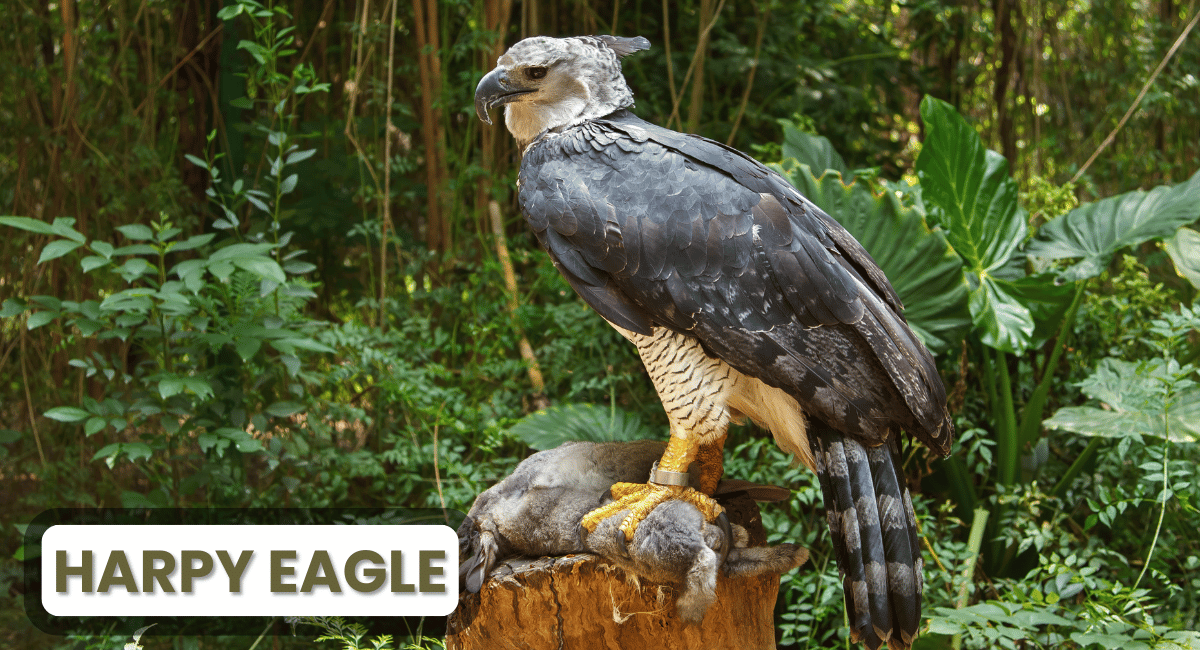
The Harpy Eagle is one of the most powerful and majestic Dangerous Birds of prey in the world, primarily found in the tropical rainforests of Central and South America. Known for its striking appearance, this eagle is massive, with females weighing up to 20 pounds and boasting a wingspan of nearly 7 feet. The Harpy Eagle is easily recognized by its distinctive crown of feathers and piercing eyes, giving it a regal yet intimidating look. What truly makes the Harpy Eagle dangerous are its incredibly strong talons, which can grow up to 5 inches long, comparable to a grizzly bear’s claws. These talons allow the eagle to capture and kill large prey, including monkeys, sloths, and other medium-sized mammals, with enough power to crush bones in a single grip.
Despite its fearsome hunting abilities, the Harpy Eagle rarely poses a threat to humans. However, its immense strength and predatory nature make it one of the top apex predators in its habitat. Harpy Eagles are known for their silent, ambush-style hunting techniques, where they swoop down from the forest canopy at great speeds to capture their prey. While human encounters with Harpy Eagles are rare, it’s important to recognize the power and territorial behavior of this bird, especially near nesting sites where they may act defensively. Due to deforestation and habitat loss, the Harpy Eagle is now considered near threatened, making conservation efforts vital to protect this incredible predator from further decline.
6. Great Horned Owl
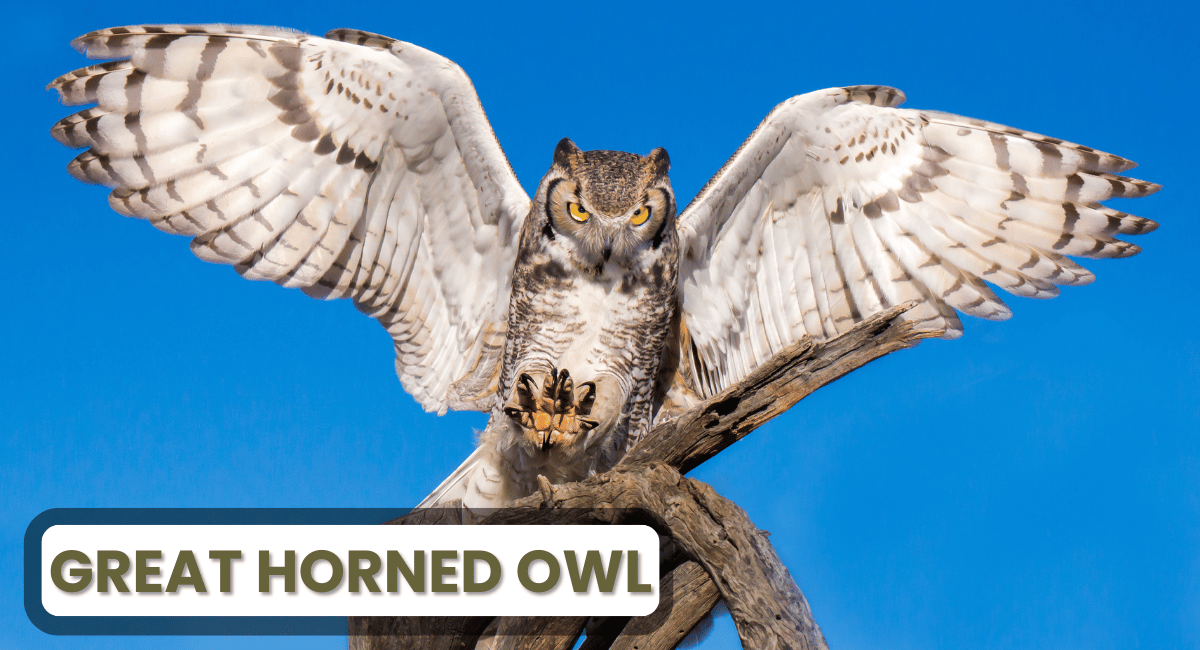
The Great Horned Owl is one of the most widespread and formidable Dangerous Birds of prey in the Americas, often recognized by its large size, tufted “horns” (actually feathered ear tufts), and piercing yellow eyes. This owl is highly adaptable, thriving in various habitats ranging from forests and deserts to urban areas. Known for its stealth and powerful hunting skills, the Great Horned Owl preys on a wide variety of animals, including small mammals, birds, and reptiles. With a wingspan of up to 5 feet, it can silently swoop down on its prey thanks to its specialized feathers that muffle the sound of flight. The owl’s sharp talons, which can exert a pressure of up to 300 pounds per square inch, allow it to swiftly immobilize and kill its prey.
While the Great Horned Owl is generally not aggressive toward humans, it can become highly territorial during the breeding season. If its nest or young are threatened, it will not hesitate to defend them with powerful attacks. Using its talons, the owl can inflict deep wounds, particularly to the head or face, which has led to some documented attacks on humans and pets who unknowingly approach nests. Despite this, the Great Horned Owl plays a critical role in controlling rodent populations and maintaining ecological balance in its habitat. Its combination of strength, stealth, and territorial behavior makes it both a respected predator and a bird to be cautious of when encountered in the wild.
7. Red-Tailed Hawk
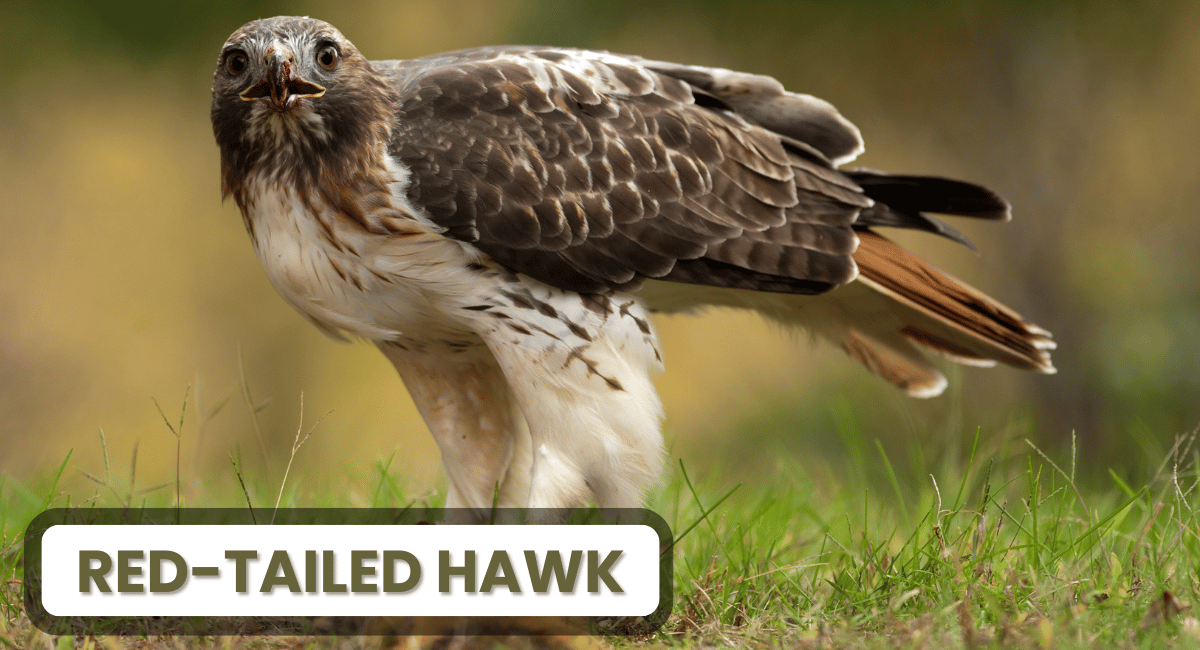
8. Mute Swan
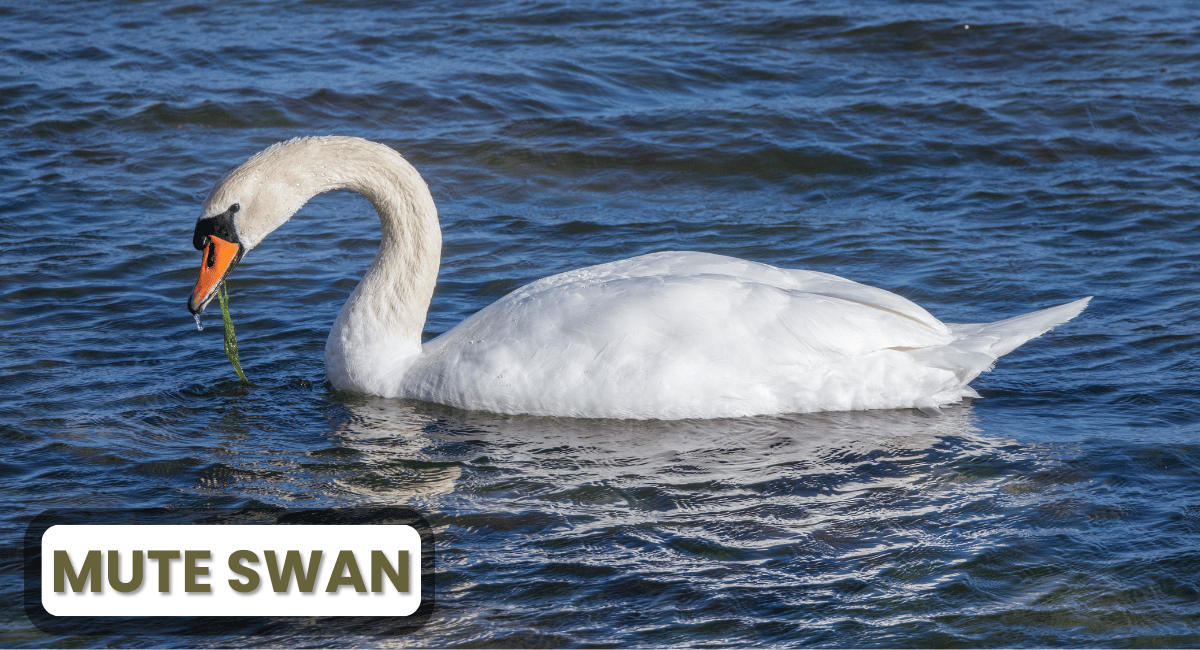
The Mute Swan is often admired for its elegance and beauty, gliding gracefully on lakes and ponds across Europe, North America, and parts of Asia. Despite its serene appearance, the Mute Swan can be surprisingly aggressive, especially when defending its territory or young. These large Dangerous Birds, with wingspans reaching up to 8 feet, are known to be fiercely territorial, particularly during the breeding season. Swans will vigorously protect their nests and offspring from perceived threats, including humans. They use their strong wings, sharp beaks, and muscular necks to attack intruders, which can lead to serious injuries.
Although they primarily feed on aquatic plants and are generally peaceful, Mute Swans are known to become highly aggressive if they feel threatened. They can charge at people, boats, or other animals that come too close to their nests. In some cases, swans have even been known to capsize small boats and attack the occupants. While fatalities are extremely rare, their aggressive behavior can cause significant harm, especially if a swan targets a person’s head or face. Despite their aggressive tendencies, Mute Swans are still cherished for their beauty and are often symbols of grace and purity in art and culture. However, it’s important to admire them from a distance to avoid provoking their defensive instincts.
9. Magpie
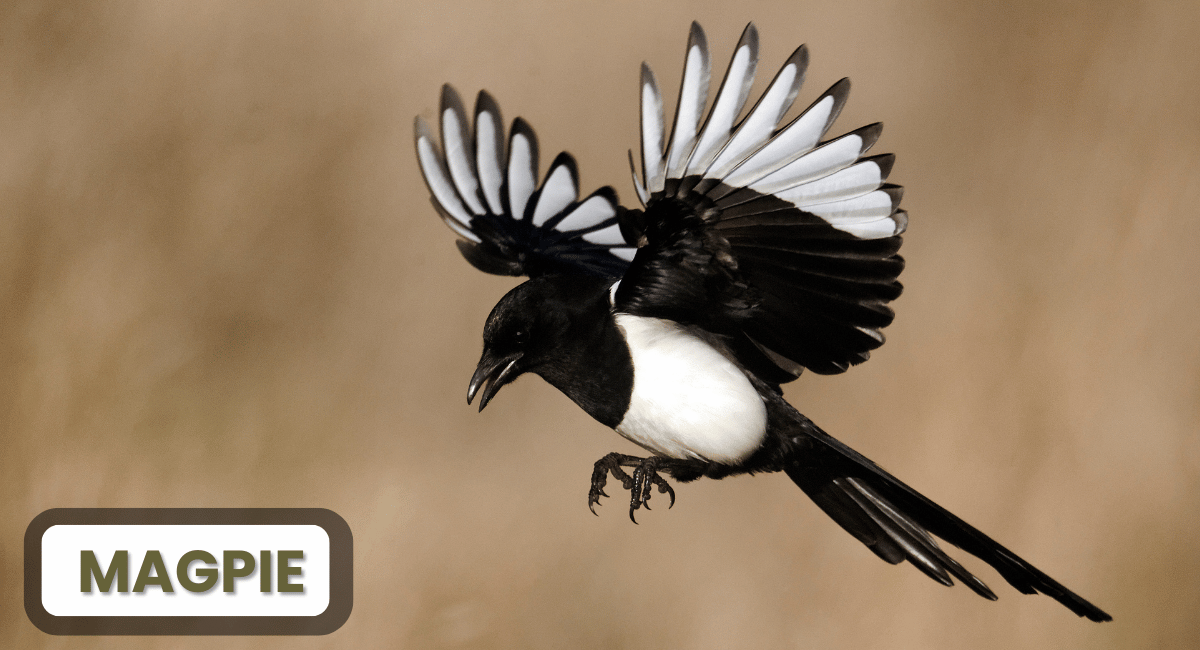
The magpie is a highly intelligent and resourceful bird belonging to the corvid family, which also includes crows and ravens. Known for their striking black and white plumage and distinctive long tails, magpies are found in various regions across Europe, Asia, and North America. These birds are celebrated for their complex social behavior, advanced problem-solving skills, and remarkable ability to mimic sounds, including human voices. Magpies are omnivorous and have a varied diet that includes insects, small mammals, seeds, and even carrion. Their adaptability to different environments, from rural to urban settings, has allowed them to thrive in a wide range of habitats.
Despite their beauty and intelligence, magpies can be aggressive, especially during breeding season when they are fiercely protective of their nests. They have been known to dive-bomb perceived threats, including humans, with swift and surprising attacks. Their sharp beaks and strong bodies can inflict painful injuries if they feel their territory is being invaded. While attacks on humans are generally not serious, they can be alarming and painful. This behavior, combined with their mischievous nature, has contributed to a mixed reputation for magpies, as they are both admired for their cleverness and regarded with caution due to their potential for aggression. Observing magpies from a distance, particularly during nesting season, is advisable to avoid provoking these spirited birds.
10. Barred Owl
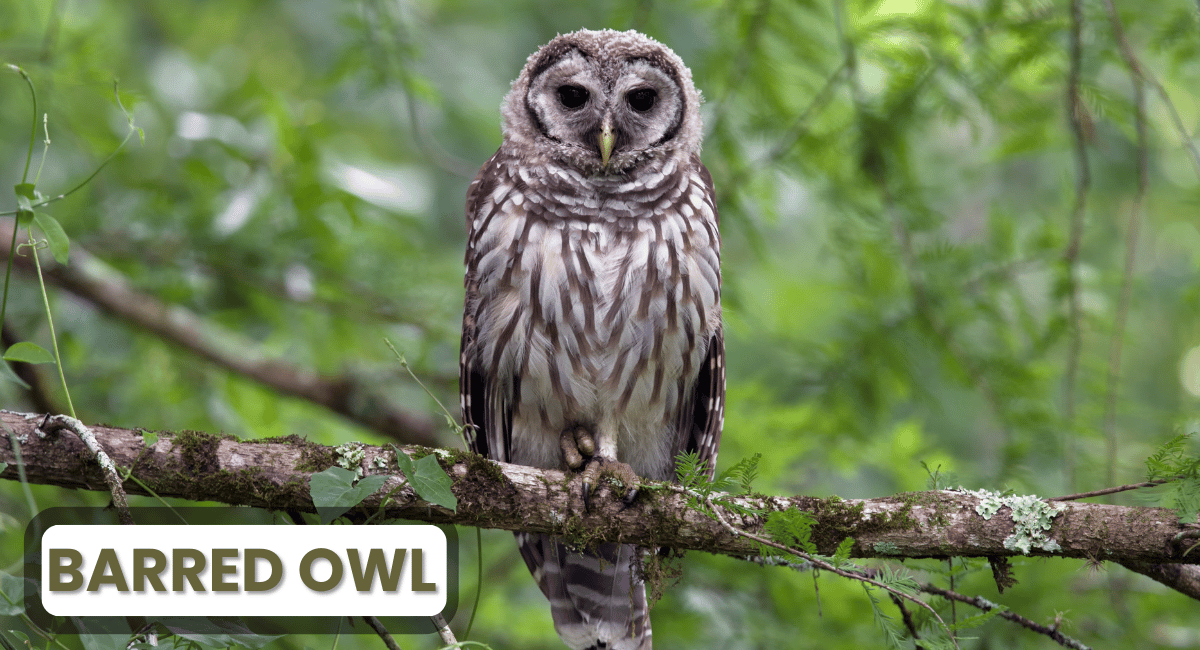
The Barred Owl is a medium-sized owl native to North America, easily recognized by its distinctive appearance and haunting calls. Characterized by its round face, dark eyes, and mottled brown and white plumage, the Barred Owl is often found in dense forests, swamps, and suburban areas. This nocturnal predator is known for its distinctive “who cooks for you?” call, which can be heard echoing through its wooded habitat at night. With a wingspan of up to 4.5 feet, the Barred Owl is an adept hunter, primarily feeding on small mammals, birds, and amphibians. Its excellent night vision and silent flight allow it to effectively stalk and capture prey in low-light conditions.
While Barred Owls are generally not aggressive toward humans, they can exhibit territorial behavior, particularly during the breeding season. If they perceive a threat to their nesting sites, they may swoop down or make loud calls to deter intruders. Although attacks on humans are exceedingly rare, their size and powerful talons make them formidable predators. In some regions, Barred Owls have also become invasive, competing with native owl species for resources, which has raised concerns among conservationists. Their fascinating behaviors and distinctive calls make them a captivating subject for birdwatchers, but it’s essential to respect their space, especially when they are nesting or raising their young.
Conclusion
While many Dangerous Birds are harmless and add beauty to our world, some can be dangerous under the right circumstances. You can Read our Other Article on Topic Most Dangerous Dogs In India. Whether they’re defending their territory or using their natural hunting instincts, these birds have the ability to inflict serious harm on humans and animals. Understanding their behavior and respecting their habitats is key to avoiding dangerous encounters. From the formidable cassowary to the territorial magpie, these top 10 most dangerous birds are a reminder that nature can be both beautiful and deadly.



